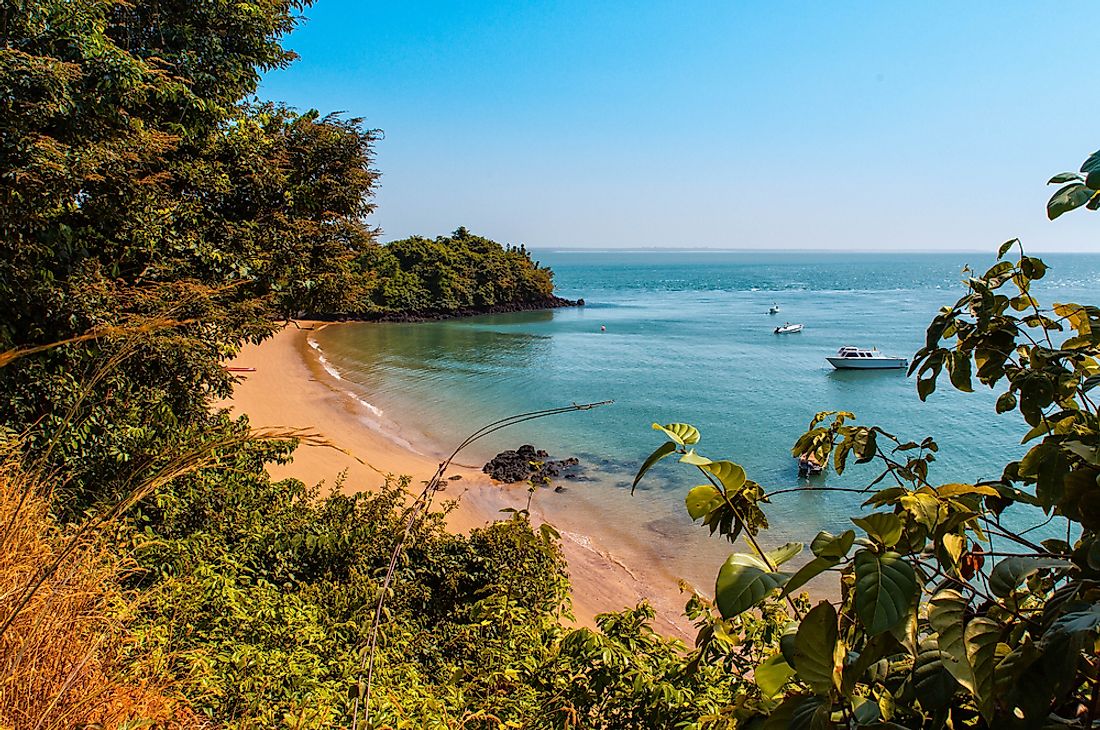What Happened During The Guinea-Bissau Civil War?

The Guinea-Bissau Civil War engulfed the west-African country of Guinea-Bissau between June 7th, 1998 and May 10th, 1999. Ansumane Mane, the country’s former Chief of Staff who had been suspended by President Vieira for allegedly arming a separatist movement, led a military rebellion against the government, triggering the war. An estimated 655 people were killed during the civil war, and more than 0.35 million were displaced. The civil war ended after both warring factions ceased fire and established a government of national unity, one which was short-lived.
Background
President Vieira and Ansumane Mane had a long history of cooperation. The two were central figures in the country’s struggle for independence from Portugal. A military coup of 1980 enabled Vieira to ascend to the presidency, with Mane supporting him. As president, Vieira appointed Mane as the Chief of Staff, a position the latter held until his suspension in 1998. In the months preceding the civil war, Guinea-Bissau was at war against a group of separatists from the country’s Casamance region. The military had been deployed in the region to contain the separatists, but soon the government realized that senior military officers were supplying the separatists with weapons. This astonishing revelation led to the suspension of Ansumane Mane in February 1998.
The Armed Conflict
Elections held in May 1998 saw Vieira retain his seat as president and among his first actions was the replacement of Mane as Chief of Staff with Humberto Gomes. Mane did not take his dismissal lightly and together with a group of armed forces, took up control of the Bissau’s international airport and military barracks in the nation’s capital on June 7th, marking the onset of the Guinea-Bissau civil war. Government forces backed by troops from Senegal and Guinea fiercely battled against the rebel forces who by late 1998 were in control of most of the country. Interventions from the international community were instrumental in commencing peace talks between the warring parties. After numerous disagreements, Vieira and Mane announced the establishment of a national unity government on February 9th, 1999. The unified government was short-lived as a military junta on May 7th deposed president Vieira and later surrendered on May 10th. Mane held a position as the Chairperson of the Junta, which effectively made him Guinea-Bissau’s head of state albeit for a brief period, lasting from May 7th until May 14th.
Aftermath Of The Civil War
Malam Sanha would later be established as the country’s head of state in an acting capacity. Presidential and parliamentary elections were conducted in November 1999 which saw the election of KumbaIala as the country’s democratically-elected president, who later oversaw the dissolution of the Mane-led military junta. Mane still influenced the country, and would often collide with President Iala. At one time, Mane dismissed the president’s senior appointments in the armed forces, ordering the appointed chief of staff and his deputy to be held under house arrest. The action culminated in armed conflict between government forces and Mane-led rebel forces in November 23rd, 1999 that resulted in the defeat of the Mane-led forces and the fleeing of Mane to the country’s Biombo region. Government forces pursued Mane and killed him on November 30th, 2000.











